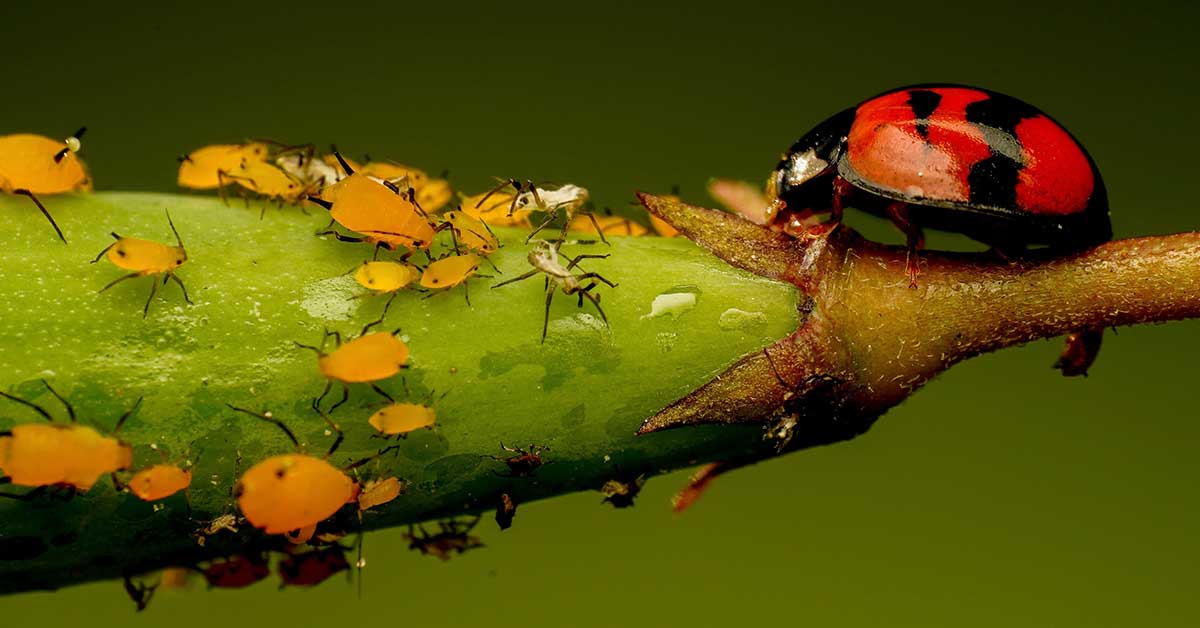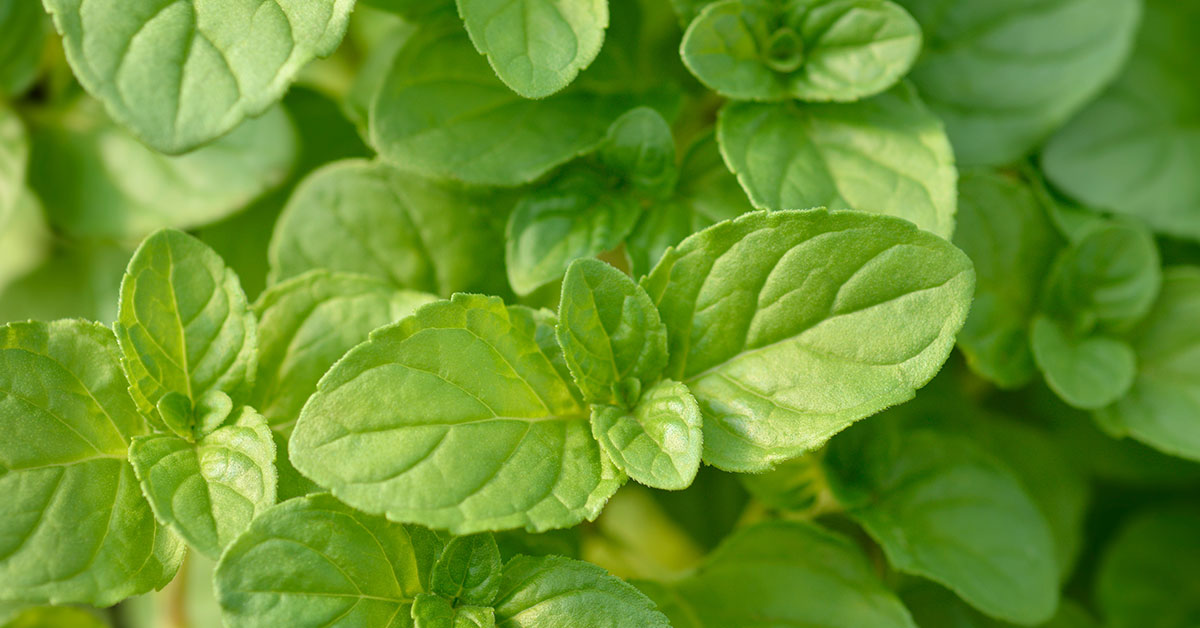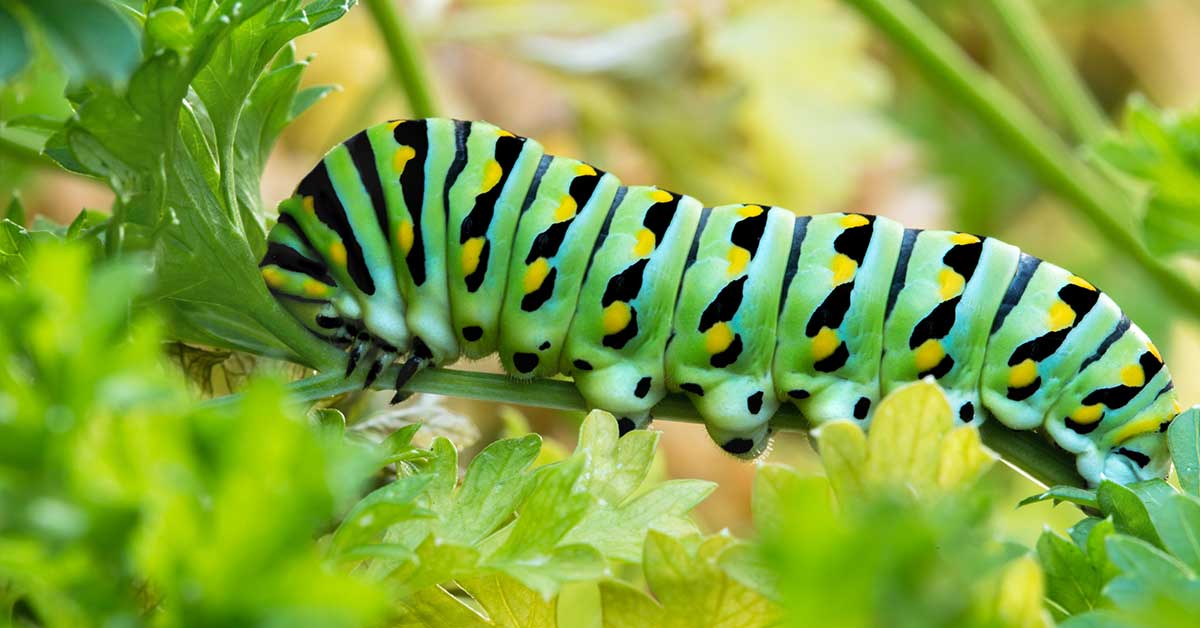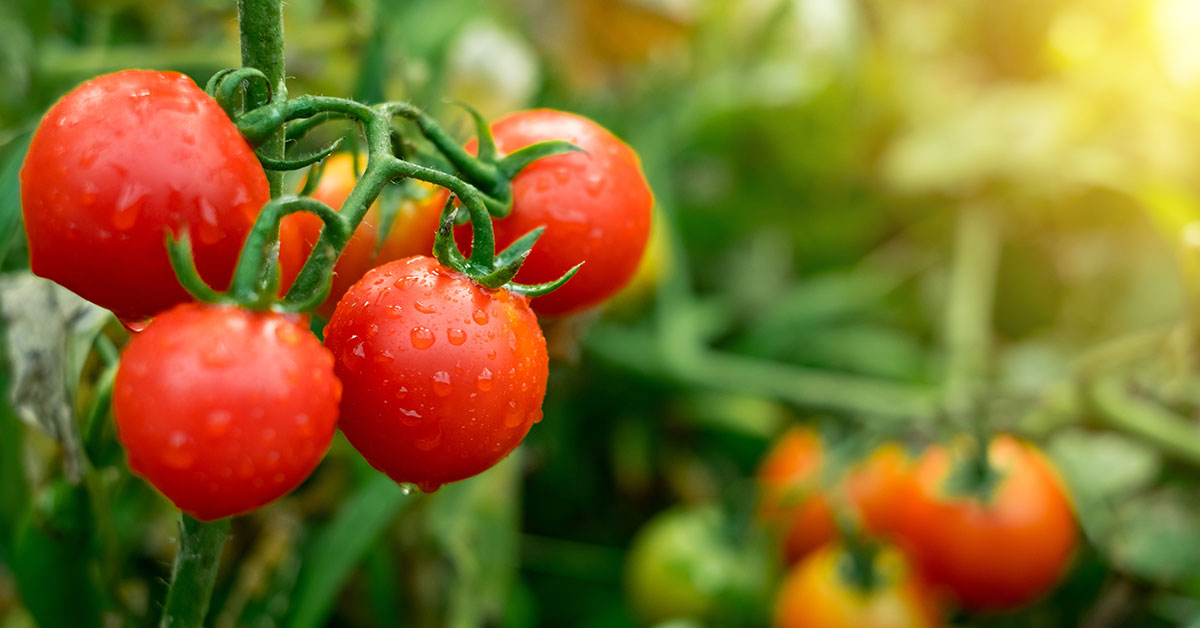When planning a garden that accommodates both your love for plants and the safety of your furry companions, it’s crucial to be aware of which plants can pose a threat to dogs. While many plants are harmless, some contain toxic substances that, if ingested, can cause mild to severe health issues in dogs. Here are several plants commonly found in gardens that are toxic to dogs and should be avoided.
Sago Palm (Cycas revoluta)
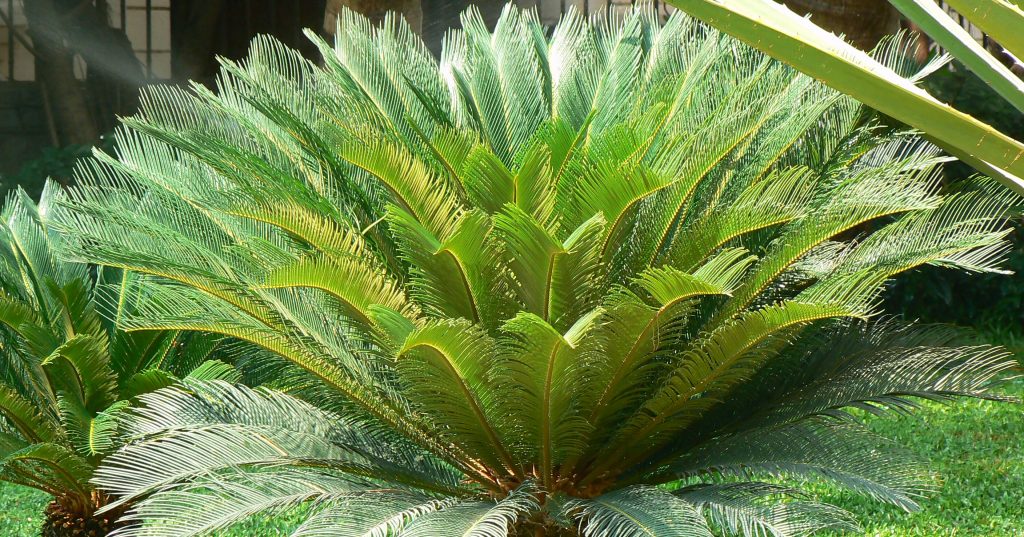
Sago Palm (Cycas revoluta) is a popular ornamental plant known for its striking appearance and resilience, but it harbors a dangerous secret: it is highly toxic to dogs. The Sago Palm contains a potent toxin called cycasin, which can have devastating effects if ingested by dogs. Even small amounts of the plant, including its seeds, leaves, and roots, can cause severe symptoms such as vomiting, diarrhea, drooling, abdominal pain, and in severe cases, liver failure and death.
Unfortunately, the plant’s attractive appearance may tempt curious dogs to nibble on its foliage, making it imperative for pet owners to exercise caution and ensure that Sago Palms are kept out of reach of their canine companions. Prompt veterinary attention is essential if ingestion is suspected, as early intervention can significantly improve the chances of a positive outcome.
Azalea (Rhododendron spp.)

Azaleas, belonging to the Rhododendron genus, may add vibrant splashes of color to gardens, but their allure masks a perilous threat to dogs. These beautiful flowering shrubs contain grayanotoxins, potent compounds that can cause serious harm if ingested by dogs. Symptoms of azalea poisoning in dogs include drooling, vomiting, diarrhea, weakness, and cardiovascular abnormalities. In severe cases, ingestion of azalea leaves or flowers can lead to cardiac failure and even death.
Due to their widespread presence in landscapes and gardens, it’s crucial for pet owners to be vigilant and prevent access to azalea plants, ensuring the safety of their canine companions. If ingestion is suspected, immediate veterinary care is imperative to mitigate the toxic effects and maximize the chances of a positive outcome.
Oleander (Nerium oleander)
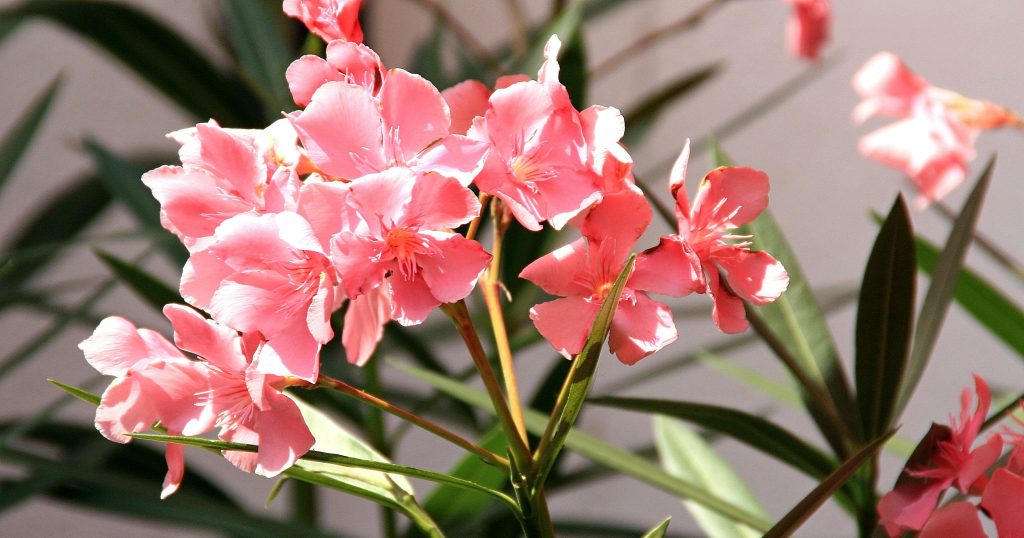
Oleander, characterized by its lush foliage and delicate flowers, presents a significant danger to dogs due to the presence of cardiac glycosides throughout the plant. Ingestion of any part of the Oleander plant, including leaves, flowers, or stems, can lead to severe toxicity in dogs. The ingestion of even small amounts of Oleander can cause symptoms such as drooling, vomiting, diarrhea, abdominal pain, weakness, tremors, seizures, and cardiac abnormalities.
In some cases, ingestion can be fatal, particularly if prompt veterinary treatment is not sought. Given its common use in landscaping and its attractive appearance, it’s crucial for pet owners to be aware of the risks posed by Oleander and to ensure that these plants are kept out of reach of curious dogs. Immediate veterinary care is essential if ingestion is suspected, as rapid intervention can greatly improve the prognosis for affected dogs.
Lilies (Lilium spp. and Hemerocallis spp.)
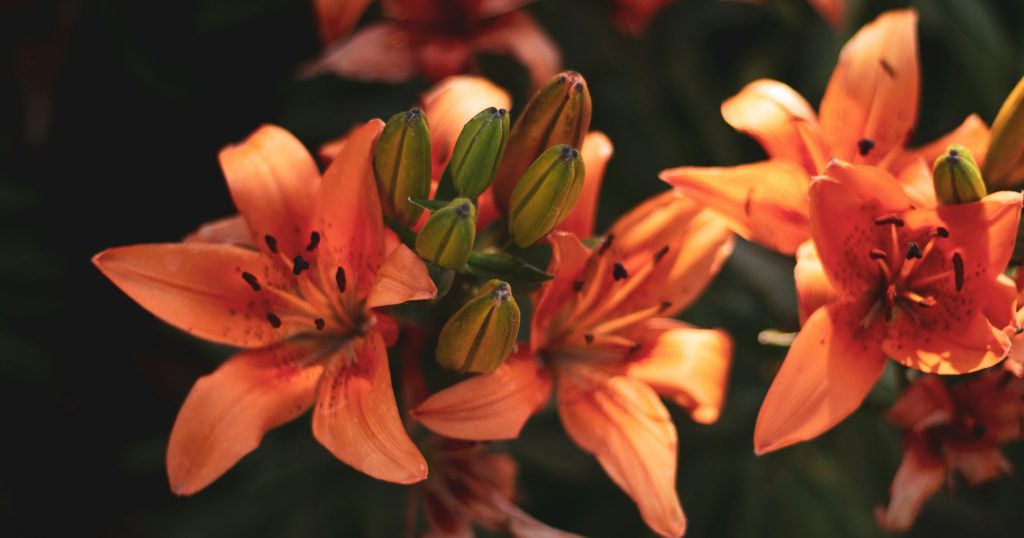
Lilies, encompassing various species from the Lilium and Hemerocallis genera, are beloved for their graceful blooms and intoxicating fragrance. However, these elegant flowers harbor a perilous secret for dogs. Certain types of lilies, including Easter lilies, tiger lilies, and daylilies, contain toxins that can lead to severe kidney damage and failure in dogs if ingested.
Even small amounts of lily pollen, petals, leaves, or stems can provoke symptoms such as vomiting, diarrhea, lethargy, dehydration, and, in advanced cases, kidney failure. Given their common presence in gardens and households during certain seasons, it’s crucial for pet owners to be vigilant and prevent access to lilies, ensuring the safety of their canine companions. Immediate veterinary attention is essential if ingestion is suspected, as prompt treatment can be crucial in mitigating the toxic effects and preserving the health of affected dogs.
Foxglove (Digitalis spp.)
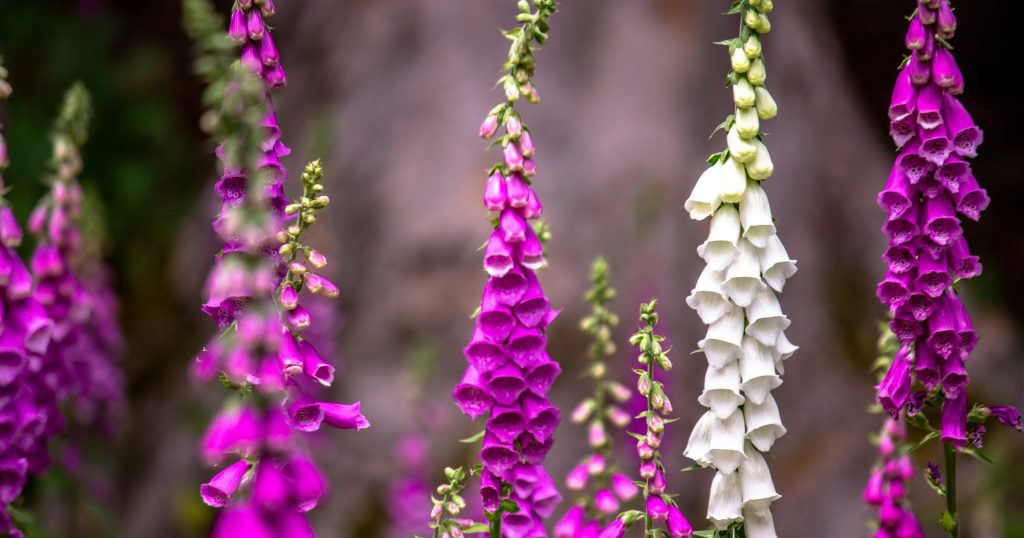
Foxglove, known for its tall spikes of tubular flowers, adds charm to gardens, but it harbors a significant danger for dogs. The plant contains cardiac glycosides, including digitalis, which can cause severe toxicity if ingested by dogs. Symptoms of foxglove poisoning in dogs include vomiting, diarrhea, drooling, weakness, dilated pupils, cardiac arrhythmias, and even seizures. Ingestion of any part of the foxglove plant, including leaves, flowers, and seeds, can lead to these symptoms.
Due to its attractiveness and widespread presence in gardens, it’s crucial for pet owners to be vigilant and prevent access to foxglove, ensuring the safety of their canine companions. Immediate veterinary care is essential if ingestion is suspected, as prompt treatment can greatly improve the prognosis for affected dogs and mitigate the risk of serious complications.
Castor Bean (Ricinus communis)
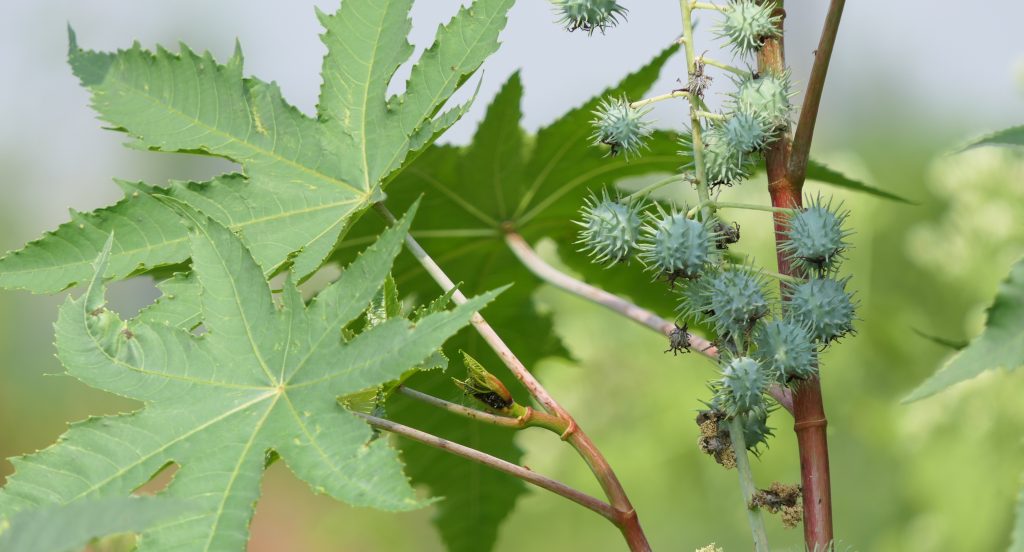
Castor bean (Ricinus communis), known for its striking foliage and ornamental seed pods, poses a severe threat to dogs due to the presence of ricin, a potent toxin. All parts of the castor bean plant contain ricin, with the seeds being particularly toxic. Ingestion of even a small amount of castor beans or plant material can lead to severe symptoms in dogs, including vomiting, diarrhea, abdominal pain, drooling, tremors, seizures, and organ failure.
Ricin interferes with protein synthesis in the body, leading to widespread damage and potentially fatal consequences if left untreated. Given its common presence in gardens and landscapes, it’s crucial for pet owners to prevent access to castor bean plants and seek immediate veterinary attention if ingestion is suspected. Prompt treatment is essential in mitigating the toxic effects and maximizing the chances of a positive outcome for affected dogs.
Autumn Crocus (Colchicum autumnale)
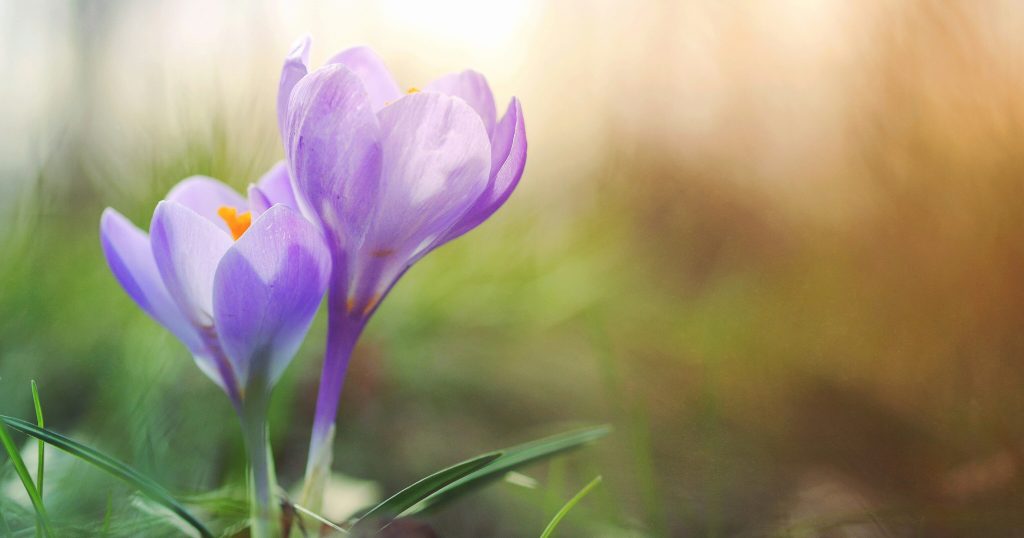
Autumn crocus (Colchicum autumnale), often admired for its autumn blooms, presents a grave danger to dogs due to its toxicity. This plant contains colchicine, a highly toxic alkaloid that can cause severe symptoms if ingested by dogs. Even small amounts of autumn crocus can lead to gastrointestinal upset, including vomiting and diarrhea, as well as more serious effects such as organ damage, bone marrow suppression, and respiratory failure.
Unlike true crocuses, which belong to a different genus and are not toxic to dogs, autumn crocus poses a significant risk due to its toxic properties. Pet owners should exercise caution and ensure that autumn crocus plants are kept out of reach of their canine companions. Immediate veterinary care is essential if ingestion is suspected, as prompt treatment can help mitigate the toxic effects and improve the prognosis for affected dogs.
Yew (Taxus spp.)
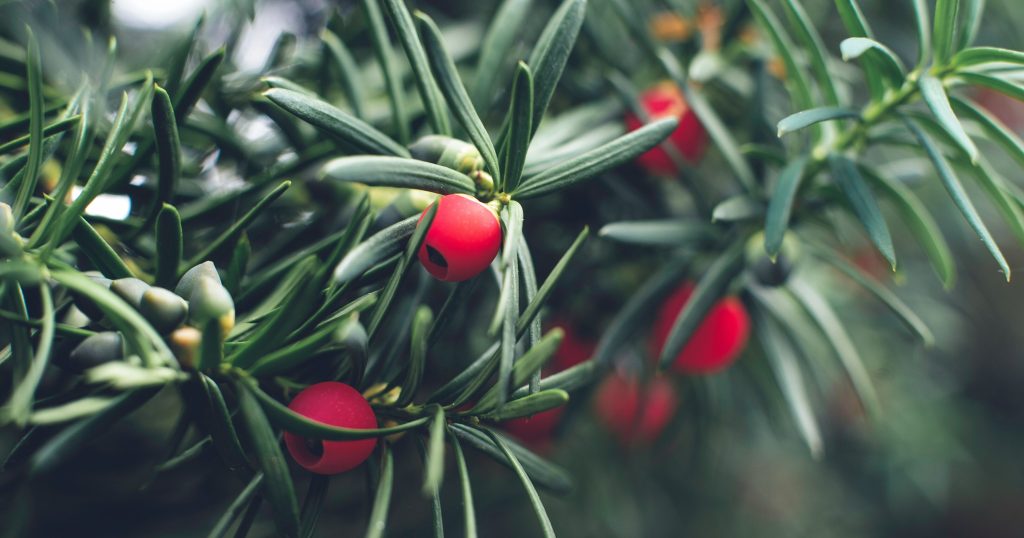
Yew plants (Taxus spp.) are popular evergreen shrubs known for their lush foliage and tolerance of various growing conditions. However, they harbor a significant danger to dogs due to the presence of toxic compounds called taxine alkaloids. Ingestion of any part of the yew plant, including its needles, bark, seeds, and berries, can lead to severe toxicity in dogs. Symptoms of yew poisoning may include vomiting, diarrhea, difficulty breathing, tremors, seizures, and sudden death.
Even small amounts of yew can be lethal to dogs, making it imperative for pet owners to be vigilant and prevent access to these plants. Given their common presence in landscapes and gardens, it’s crucial to ensure that yew plants are kept out of reach of canine companions. Immediate veterinary attention is essential if ingestion is suspected, as prompt treatment can greatly improve the prognosis for affected dogs and minimize the risk of serious complications.
Daffodils (Narcissus spp.)
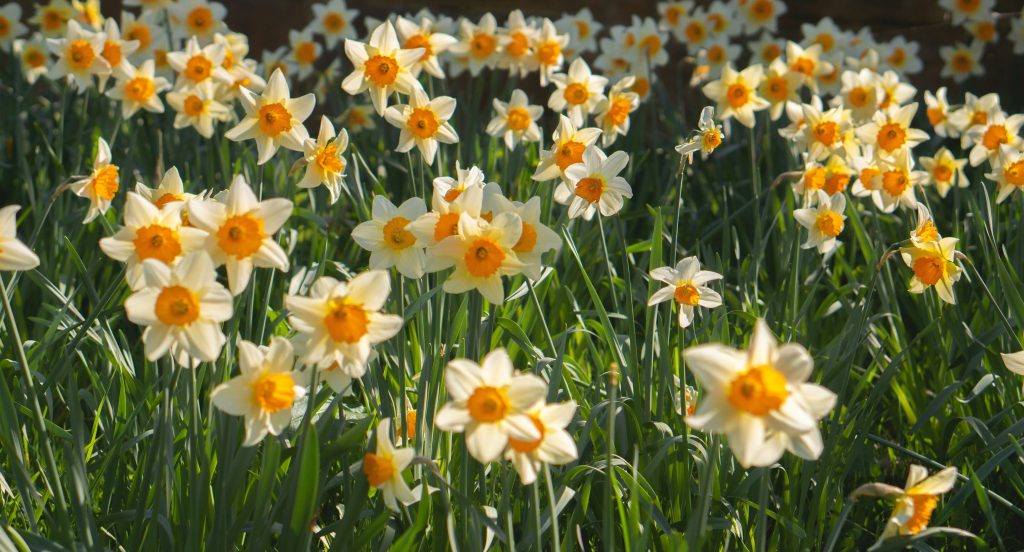
Daffodils (Narcissus spp.) may bring a cheerful burst of spring color to gardens, but they conceal a perilous threat to dogs. These iconic flowers contain toxic alkaloids, including lycorine and galantamine, which can cause gastrointestinal upset, drooling, nausea, vomiting, and abdominal pain if ingested by dogs. In more severe cases, ingestion of daffodil bulbs or plant material can lead to cardiac arrhythmias, respiratory distress, convulsions, and even death.
Due to their widespread presence in gardens and landscapes, pet owners need to be vigilant and prevent access to daffodils, ensuring the safety of their canine companions. Immediate veterinary attention is crucial if ingestion is suspected, as prompt treatment can help mitigate the toxic effects and improve the prognosis for affected dogs.
Philodendron (Philodendron spp.)
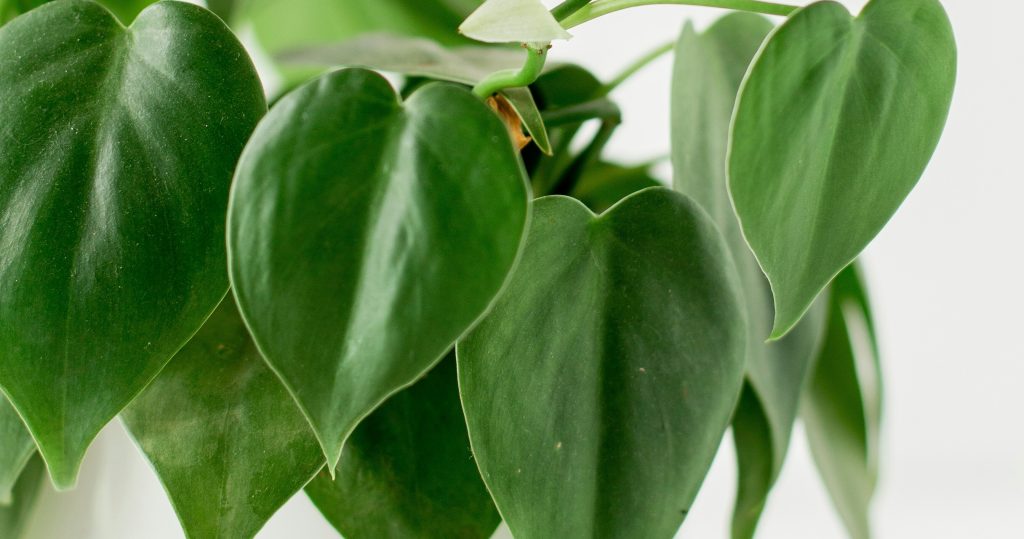
Philodendron plants (Philodendron spp.) are popular indoor and outdoor ornamentals prized for their lush foliage and easy care. However, these plants conceal a hidden danger for dogs due to the presence of calcium oxalate crystals. Ingestion of any part of the philodendron plant, including leaves, stems, and roots, can lead to oral irritation, drooling, difficulty swallowing, vomiting, and diarrhea in dogs. The sharp oxalate crystals cause mechanical irritation to the mouth, throat, and gastrointestinal tract, resulting in discomfort and potential complications.
Although philodendrons are not usually lethal to dogs, they can cause significant discomfort and distress. Pet owners should take precautions to keep philodendron plants out of reach of their canine companions and seek veterinary attention if ingestion is suspected. Immediate care may include supportive measures to alleviate symptoms and prevent further complications, ensuring the well-being of affected dogs.
These are just a few examples of plants that can be harmful to dogs if ingested. It’s essential to research any plants you intend to include in your garden and ensure they are safe for pets. Additionally, if you suspect your dog has ingested a toxic plant, seek veterinary assistance immediately, as prompt treatment can be crucial in mitigating potential harm. By being mindful of the plants you choose to cultivate, you can create a beautiful and safe outdoor environment for both you and your furry friends to enjoy.







